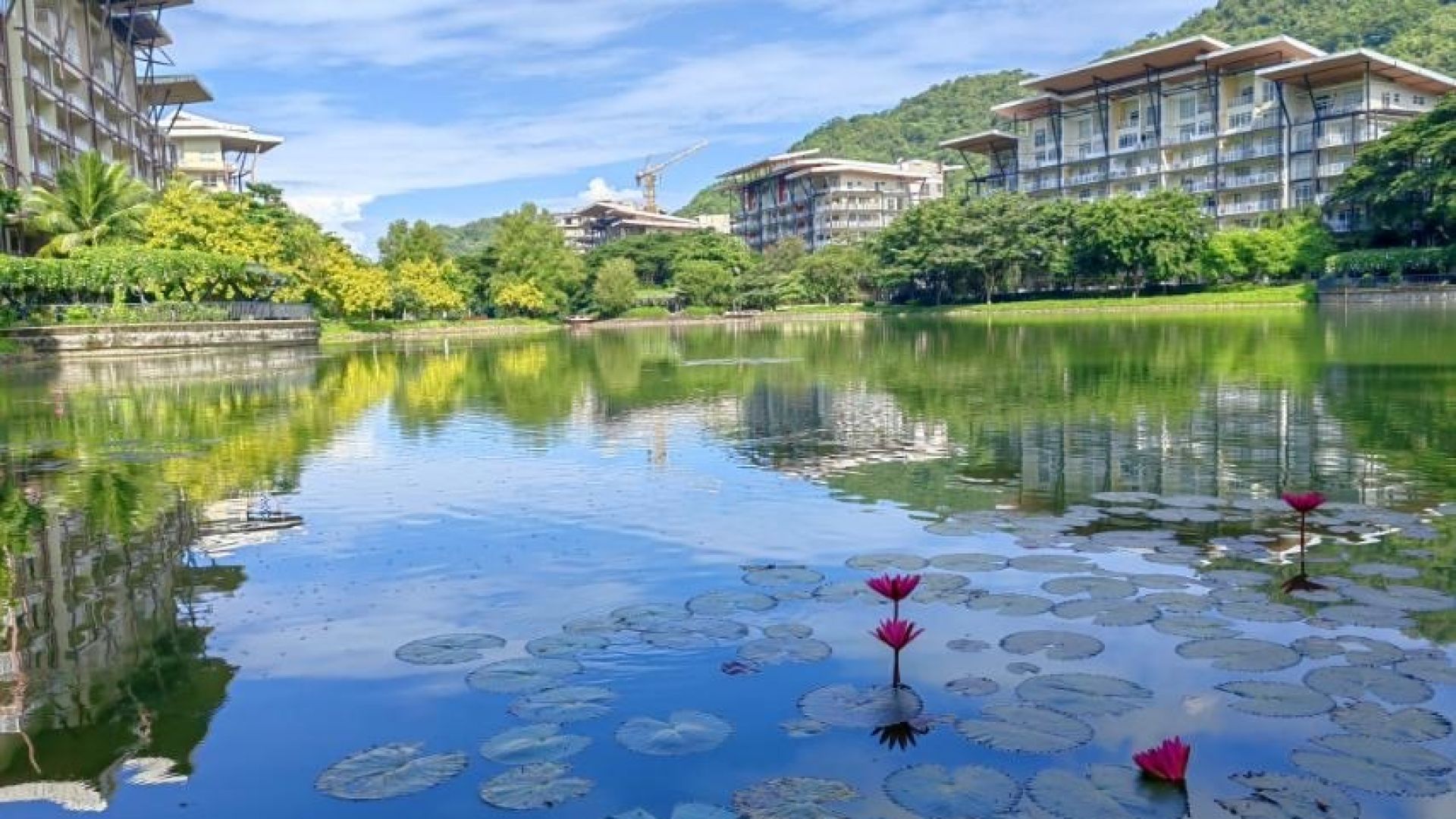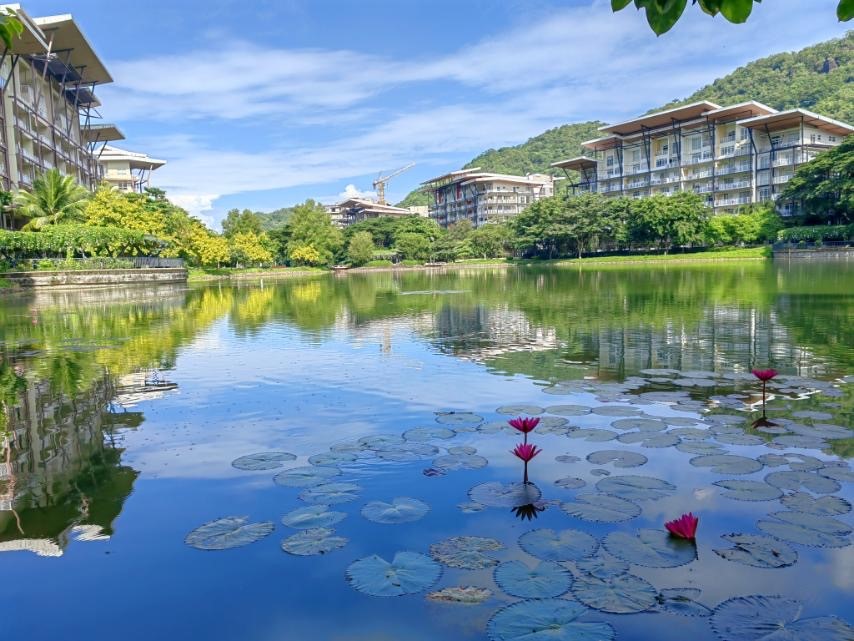Good day peeps! Most Wanted Blogger is here…. again… to share something about… Hamilo Coast, the premier beach resort town in Nasugbu, Batangas, may be the weekend haven of the country’s affluent set, yet it is on track as a thriving model of sustainable eco-tourism practices.
Touting 5,800 hectares of prime seaside development, Hamilo Coast is a project of SM Prime’s Costa Del Hamilo, Inc. (CDHI), which carefully integrates residential, resort, leisure, commercial, and institutional land uses in the sprawling estate. But beyond its vast scope and stunning vistas, Hamilo Coast embraces sustainable tourism at the core of its philosophy and shows how beautiful beachfront homes can harmonize with nature and the environment.
2022 marks Hamilo Coast’s 15th year of productive partnership with the conservation group World Wide Fund for Nature Philippines (WWF). Hamilo Coast and WWF have been working together on key areas for sustainability—coastal resource management, ridge-to-reef management, solid waste management, mangrove reforestation, the use of renewable energy sources, and environmental awareness.
This long-standing collaboration with WWF signifies Hamilo Coast’s determination to pursue eco-tourism and sustainability while upholding international standards for leisure property development.
Ms. Imee G. Francisco, Vice President and Head of CDHI Projects and Operations, takes pride in the partnership’s objectives. “More than building and maintaining a beautiful community, we seek to create and sustain a world that future generations can enjoy. To help serve this end, CDHI continues to develop Hamilo Coast without compromising the quality of wildlife living around it.”
This year, Hamilo Coast and WWF will focus on addressing the major components on waste management, which include assessment of solid waste, water and wastewater management practices, formulation of environmental management plan, and the promotion of food shed farming systems. Apart from these, Hamilo Coast and WWF will continuously work on programs that will help conserve, protect, and nurture the environment.
For one, Hamilo Coast and WWF’s Ridge to Reef program declared three of Hamilo Coast’s 13 coves–Pico de Loro, Etayo, and Santelmo–as Marine Protected Areas (MPAs). These are coastal zones where human activities are strictly regulated to ensure their long-term conservation. Declaring more MPAs would also mean expanding Hamilo Coast’s scope in safeguarding more marine ecosystem and resources.
Hamilo Coast also continues to implement a mangrove reforestation program in its 24-hectare mangrove belt—one of the largest in Nasugbu. Here, Hamilo has planted 50,000 propagules hand-in-hand with World Wide Fund for Nature (WWF) Philippines.
Mangroves are the first line of defense for coastal communities, stabilizing shorelines by averting erosion and providing natural barriers to storm surges, flooding, and hurricanes. As an effective carbon storage, mangroves absorb six times more carbon than mature tropical forests, making it all the more vital in slowing down the effects of climate change.
Finally, Hamilo Coast and WWF will further push for environmental awareness by celebrating occasions that show respect for biodiversity. One is the annually held Earth Hour, during which time people are urged to shut down electricity to make a substantial difference in energy consumption. Individuals, organizations, and establishments also come together on Coral Triangle Day to shed light on ocean conservation and the ways we can protect and preserve the world’s epicenter of marine biodiversity.
Likewise, the development boasts the largest volunteer effort for the ocean’s health, made possible with the International Coastal Cleanup, where people gather on the Pico and Santelmo beaches to collect trash and record information on the collected debris.
For all these sustained efforts, WWF has awarded Hamilo Coast with the Longest Sustainability Partner Award, recognizing the development’s commitment to sustainable tourism and its positive impact on the Philippine tourism industry.
Francisco affirms, “CDHI is proud of how far we have come at Hamilo Coast with the help of WWF. This inspires us to do even more, in the hopes that our efforts will make it possible for future generations to witness the beauty of nature as we see it today.”







